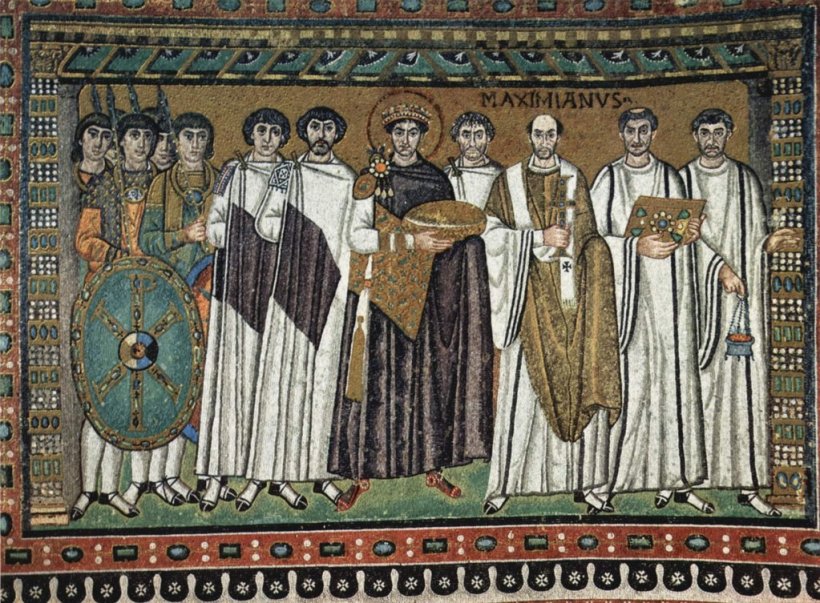In my last post on René Guénon and the Vedanta, I touched upon his problematic approach to human nature and his attitude towards all conditions and limitations upon being. While I stressed that one of the greatest strengths of Guénon's oeuvre is its critique of materialism, I also gave some guarded praise for his exposition [...]
Tag: Christian
Regarding the Platonic Soul and ‘Tolkien’s Dialectic’:
A recent discussion with Carl Lingard on the nature of Tolkien’s “secret grammar” led to the question of whether Plato’s teaching on the soul might be mapped onto what Lingard calls ‘Tolkien’s Dialectic’.1 In Plato’s understanding, the soul is made up of three “parts”; reason, will, and appetite. These correspond respectively to the head, the [...]
Tolkien and Hyperborea – The Four Ages of Middle-earth
It is somewhat surprising, given the popularity of Tolkien’s works, that relatively little attention has been paid to some of the supplementary artwork for The Lord of the Rings and the Silmarillion. Among the more intriguing pieces produced by the author are the heraldic designs for the various Elven houses. To my mind, no one [...]
René Guénon and the Vedanta
Now known as the founder of the traditionalist school, René Guénon would probably have objected to this title, insofar as any “ism” implies a historically contingent, ideological movement. A certain resistance to the particulars of history is characteristic of his thought, given its firm basis in a metaphysics that infinitely transcends all contingency. That said, [...]
From Bruno to Descartes – The Problem of “Infinite Space”
In his five dialogues on Cause, Principle and Unity, the Renaissance philosopher Giordano Bruno cites the famous idea that a circle of infinite size is a straight line. He uses this aphorism, attributed to Nicolas of Cusa, as a justification of his own theories of the universe consisting of infinite space. At first hearing, this [...]
Why does Lancelot become a Werewolf?
An Analysis of Charles Williams’ The Son of Lancelot In William’s poem The Son of Lancelot, we are treated to a dramatic tableau of pagans dancing on the Palatine hill in Rome during the Lupercalia festival. This is led by vicars of Rhea Silvia, the mother of Romulus and Remus, who conceived the twins after [...]
From the Madeleine to the Mandala
Sacred Geography and Buddhist Enlightenment in Marcel Proust’s 'In Search of Lost Time' The idea that Marcel Proust’s In Search of Lost Time represents, in one sense, a journey of disillusionment is no new thesis.1 It is the very surface level of the narrative, which nevertheless concludes not in despair, but in several moments of [...]
Why is Taliessin a Unicorn?
Following on from my last article on the Octopods in P’o-lu, I thought I would attempt a brief look at Taliessin’s Song of the Unicorn, to see if we can make any interpretations of its symbolism in a traditional vein. While the answer may get very abstract and philosophical, the question I have to ask [...]
The Founding of Britain
Four roads run from Logres, to cardinal points;joints in the bones of this burgeoning nation,named New Troy, when Brutus laid its foundation,slew a great ram and cut it in quartersfor the demarcation of rule along four borders.Yet when he awoke the next morning from sleep,gone was the carcass and there stood the sheepalive and unharmed [...]
Symbolism Refutes Perennialism
What is the place of symbolism in Orthodoxy? How do we make good use of this “traditional science”, as thinkers like Guénon describe it? In this brief article, I mean to touch on some of the key distinctions between a Christian and a perennialist understanding of symbolism. Joseph P. Farrell, in his magnum opus God, [...]








